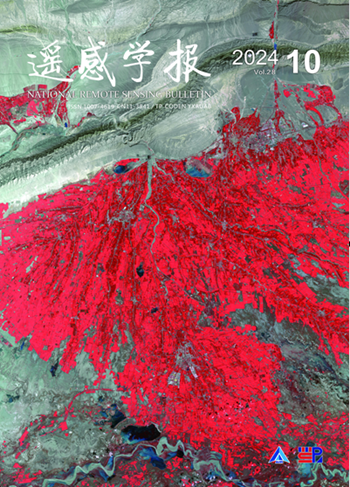Remote Observations in China’s Ramsar Sites: Wetland Dynamics, Anthropogenic Threats, and Implications for Sustainable Development Goals
引用次数: 27
Abstract
The Ramsar Convention on Wetlands is an international framework through which countries identify and protect important wetlands. Yet Ramsar wetlands are under substantial anthropogenic pressure worldwide, and tracking ecological change relies on multitemporal data sets. Here, we evaluated the spatial extent, temporal change, and anthropogenic threat to Ramsar wetlands at a national scale across China to determine whether their management is currently sustainable. We analyzed Landsat data to examine wetland dynamics and anthropogenic threats at the 57 Ramsar wetlands in China between 1980 and 2018. Results reveal that Ramsar sites play important roles in preventing wetland loss compared to the dramatic decline of wetlands in the surrounding areas. However, there are declines in wetland area at 18 Ramsar sites. Among those, six lost a wetland area greater than 100 km2, primarily caused by agricultural activities. Consistent expansion of anthropogenic land covers occurred within 43 (75%) Ramsar sites, and anthropogenic threats from land cover change were particularly notable in eastern China. Aquaculture pond expansion and Spartina alterniflora invasion were prominent threats to coastal Ramsar wetlands. The observations within China’s Ramsar sites, which in management regulations have higher levels of protection than other wetlands, can help track progress towards achieving United Nations Sustainable Development Goals (SDGs). The study findings suggest that further and timely actions are required to control the loss and degradation of wetland ecosystems.中国拉姆萨尔湿地的遥感观测:湿地动态、人为威胁及其对可持续发展目标的影响
《拉姆萨尔湿地公约》是各国确定和保护重要湿地的国际框架。然而,拉姆萨尔湿地在全球范围内都面临着巨大的人为压力,追踪生态变化依赖于多时间数据集。在此,我们评估了中国拉姆萨尔湿地的空间范围、时间变化和人为威胁,以确定其管理目前是否可持续。通过分析Landsat数据,研究了1980 - 2018年间中国57个拉姆萨尔湿地的湿地动态和人为威胁。结果表明,相对于周边地区湿地的急剧减少,拉姆萨尔湿地在防止湿地流失方面发挥着重要作用。然而,有18个拉姆萨尔湿地的面积有所减少。其中6个地区的湿地面积损失超过100平方公里,主要是由农业活动造成的。43个(75%)拉姆萨尔湿地的人为土地覆盖持续扩大,中国东部地区的人为威胁尤为显著。水产养殖池扩张和互花米草入侵是滨海湿地面临的主要威胁。中国拉姆萨尔湿地的管理法规比其他湿地的保护水平更高,对其进行的观察可以帮助跟踪联合国可持续发展目标(sdg)的进展情况。研究结果表明,需要采取进一步和及时的行动来控制湿地生态系统的丧失和退化。
本文章由计算机程序翻译,如有差异,请以英文原文为准。
求助全文
约1分钟内获得全文
求助全文
来源期刊

遥感学报
Social Sciences-Geography, Planning and Development
CiteScore
3.60
自引率
0.00%
发文量
3200
期刊介绍:
The predecessor of Journal of Remote Sensing is Remote Sensing of Environment, which was founded in 1986. It was born in the beginning of China's remote sensing career and is the first remote sensing journal that has grown up with the development of China's remote sensing career. Since its inception, the Journal of Remote Sensing has published a large number of the latest scientific research results in China and the results of nationally-supported research projects in the light of the priorities and needs of China's remote sensing endeavours at different times, playing a great role in the development of remote sensing science and technology and the cultivation of talents in China, and becoming the most influential academic journal in the field of remote sensing and geographic information science in China.
As the only national comprehensive academic journal in the field of remote sensing in China, Journal of Remote Sensing is dedicated to reporting the research reports, stage-by-stage research briefs and high-level reviews in the field of remote sensing and its related disciplines with international and domestic advanced level. It focuses on new concepts, results and progress in this field. It covers the basic theories of remote sensing, the development of remote sensing technology and the application of remote sensing in the fields of agriculture, forestry, hydrology, geology, mining, oceanography, mapping and other resource and environmental fields as well as in disaster monitoring, research on geographic information systems (GIS), and the integration of remote sensing with GIS and the Global Navigation Satellite System (GNSS) and its applications.
 求助内容:
求助内容: 应助结果提醒方式:
应助结果提醒方式:


